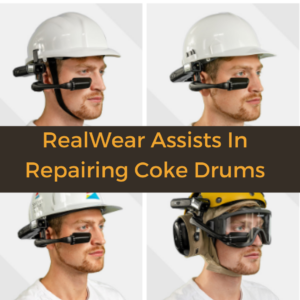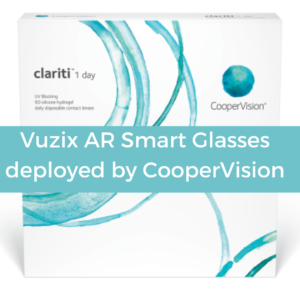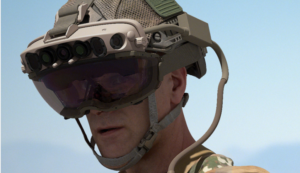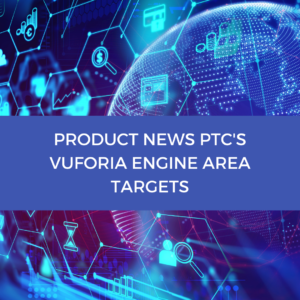Mercedes Hopes to Gain Edge in F1 From Augmented Reality

Global software company TeamViewer (who recently acquired AREA member Upskill) which has just become Mercedes’ third biggest sponsor in its $300 million (USD) total portfolio, works with many industry partners in helping provide Augmented Reality solutions.
Mercedes believes there is scope for AR to help improve the speed of problem solving at grand prix events, help ramp up processes and also reduce expenditure in the cost cap era by it not requiring so many staff to travel to races.
The idea is that the AR systems would allow a direct live contact between personnel working at the track and related staff at factory that would provide a vital link on F1 race weekends.
Asked about the potential benefits by Motorsport.com, Mercedes team boss Toto Wolff said: “Formula 1 is a sport that travels around the globe. And in the same way as we have our race support room, where we have around 30 people that monitor the car, that work in the simulator, and in the wind tunnel to enhance the performance on track, we need to inspect high tech parts, such as the power unit hydraulics components and gearboxes.
“I think having remote access from the factory through the augmented reality possibilities that TeamViewer provide is going to give us an edge.
“The benefits are also that the remote work that we all have experienced in the last 12 months is also helping us to reduce our carbon footprint. We will be able to take less people to the racetrack, because the remote access will allow us to have exactly the same kind of potential in working with our engineers on the track even when they are back at base.” TeamViewer CEO Oliver Steil said that AR had been a huge help in other industries, so was something that could certainly offer opportunities in F1.
“In manufacturing, logistics, repair, inspection, testing healthcare, we have solutions where the worker wears glasses and gets step by step instructions on those glasses,” he explained.
“When you have a very, very complex inspection of an aircraft engine for example, then you can have somebody on call who is a trained engineer but working in a different location – and they work together to solve a problem.
“We have many different use cases. It is really gaining momentum now across industries in a way, to either help people perform more complex tasks or to upskill existing workforces. Or you can just have higher quality, and a faster understanding, of what has worked and how the parts flow works.
“It’s what we’re offering many customers around the world, mostly large enterprises that are deploying the solution. I think over the years, there will certainly be an opportunity to discuss this also in the sports arena.”








